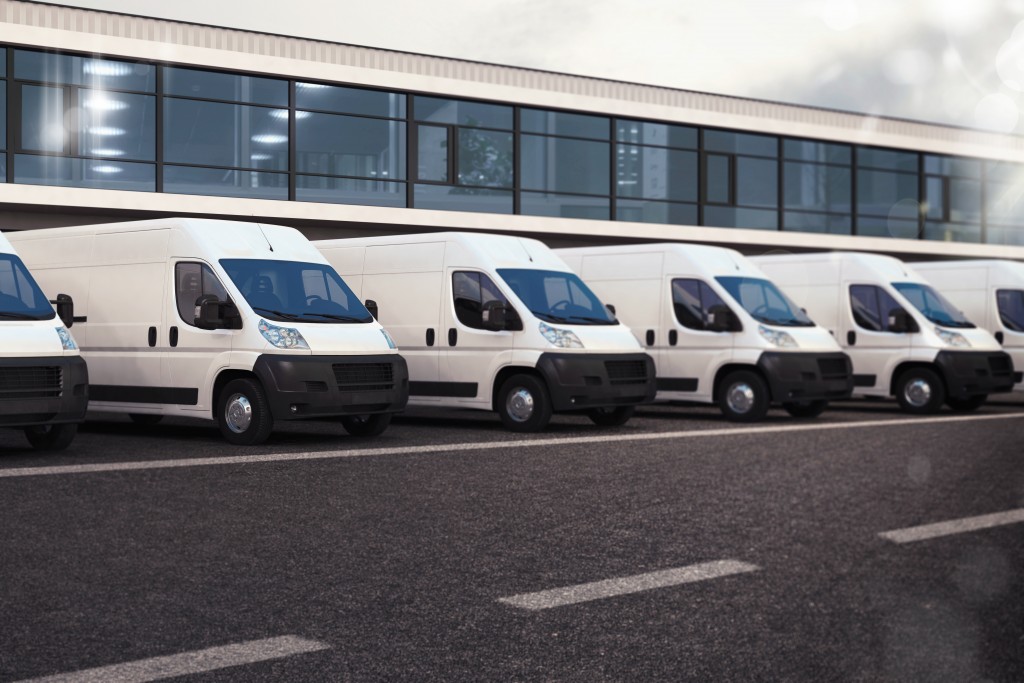Vehicles consume tremendous amounts of energy before they make it into the market. The materials used for their production, which includes steel, rubber, glass, paints, plastics, and many more, are all created before they can form a new ride. That inevitably results in a massive environmental impact, which doesn’t stop at the end of the vehicle’s useful life.
When a car is disposed of, its plastic parts, battery liquids, and other hazardous materials may stay in the environment. But the good news is, junkyard pile-ups are decreasing, and about three-quarters of today’s average automobile are recyclable.
Furthermore, environmental laws are becoming stricter, pushing fleet companies to adopt effective fuel management systems. Given that their biggest challenge is reducing fuel costs, every fleet company indeed monitors its fuel spending, especially during price drops.
But the environmental impacts of cars aren’t always within the control of their users. However, 80 to 90% of the impacts owes to a car’s emission levels and fuel consumption, mostly within a driver’s control.
Environmental Impacts of Fuel
Before their burning, petroleum products already pose a danger to the environment. Extracting them from the earth takes up a massive amount of energy and destroys local ecosystems. Shipping fuel also consumes excessive power and can sometimes devastate the environment, such as when an oil spill occurs.
The problem is even worsened by the world’s rising demand for fuel. It encouraged fuel suppliers to find cheaper but unconventional sources, such as oil sands, which may only increase the impacts of petroleum extraction.
Alberta, Canada, where the world’s largest industrial project is situated, uses oil sands to produce conventional oil. Even if their country is now promoting actions to mitigate climate change, their national and provincial governments are still pushing to expand oil sands operations, contradicting their advocacies of saving the environment.
Air quality is also compromised because of vehicles. In the U.S., cars are responsible for about one-third of the air pollution. Smog, carbon monoxide, and other toxic emissions all settle at street level, causing humans to breathe them in. As a result, auto emissions have become bigger health concerns than the pollutants coming from industrial smokestacks.
And because there are so many cars, new roads are constantly being built, further increasing energy consumption. It also comes at the expense of wildlife and vegetation.

Are Electric Vehicles the Solution?
Electric vehicles (EV) are gaining traction and winning approval due to their positive impact on the environment. Hence, the European Union imposed stricter measures on emissions requirements, hoping to compel automobile companies to manufacture more EVs.
The mandate is that, from 2030 onwards, European automakers must drop their emissions to as little as 59 grams of CO2 per km. That translates to fuel consumption of 107 miles per gallon.
However, this isn’t possible, and even the most gifted engineers will be unable to build internal combustion engines that can satisfy the prescribed standards. Considering that in late 2006, the average emission levels were at 161g/km, dropped to 118g/km in 2016, then climbed back up to 120g/km in 2018, it is simply unrealistic to expect an emission of 59g/km to be within reach.
But that is precisely the point, according to the EU. By implementing the new standards, automakers will be forced to switch to producing EVs. And if they don’t achieve the required emission, they may be charged with a penalty of €6,000 (£5,150) per car, or be compelled to merge with a competitor that manufactures EVs.
Ways to Reduce Fuel Consumption
While we’re still years ahead of the new emissions requirements, it would be wise to start reducing our fuel consumption now. Fleet managers should consider whether their fleet would benefit from smaller, higher mpg vehicles. If they manage a pharmaceutical fleet, it’s entirely possible to swap SUVs for crossover utility vehicles. While at it, they should look to add hybrids to their fleet as well.
Companies in all industries must be more active in monitoring the unauthorized use of their company vehicles. Managers tend to overlook this, which encourages some employees to take advantage, such as going on a vacation.
For delivery fleets, developing more efficient routing plans would make a big difference. It would increase time efficiency by letting drivers avoid congested roads, managing fuel expenses better in turn. They can start observing this practice by using GPS and telematics, which are common ways for fleets to optimize their routes and reduce fuel costs. But they must strictly adhere to routing plans, or else, the innovation will be useless.
Forecasts may still be looking dark due to the world’s continued dependence on fossil fuels. But as fleet and automobile companies take the initiative in decreasing their environmental impacts, more industries may follow suit, until renewable energy also becomes the new normal.

